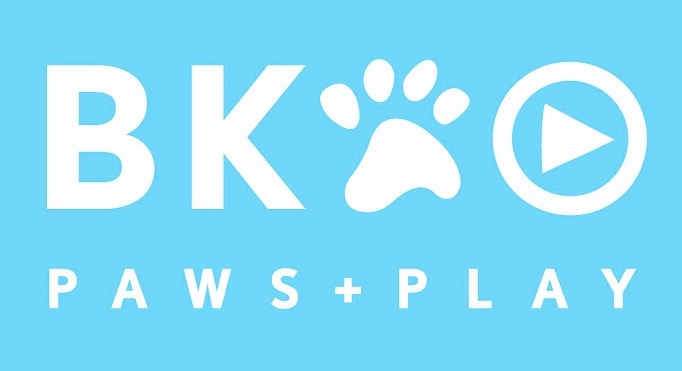Years ago, my wife and I rescued a senior shih tzu at the age of 16. He was originally on a diet of standard dry food, and we noticed at some point he was losing interest in eating. We thought his time was coming soon, and we decided in order to improve his health and overall quality of life, it would be essential to increase his desire to eat. We integrated high quality grain free wet food which definitely helped, though within time he was losing interest in completing his meals again. We researched transitioning his diet to one based in raw and whole foods, and consulted our vet for advice. We learned about the many benefits of a raw diet, and were convinced that this was worth trying.
When transitioning your dog’s diet to a raw one, it’s helpful to take a few weeks to gradually make the switch. Slowly, we increased the ratio of raw food and decreased to amount of canned processed food in each meal. Being that our dog was an 17yr old senior at this point, we didn’t want to transition his too quickly. Changing a dog’s diet too abruptly can cause for issues such as an upset stomach, vomiting, or diarrhea. As soon as we began introducing raw food into his diet, we noticed a drastic change in his eating habits. We would find him sitting in the kitchen eager to eat (even when it wasn’t time to eat). He never left any food in his bowl like he used to with his previous diets. We noticed an increase in his energy level, as well as a decrease in his itchiness. Some breeds, like shih tzus, are prone to having dry flaky skin which can be very irritating for them. Scratching these itches often cause more irritation, thus continuing the cycle. Natural oils in raw meat, as well as eggs, fish oil, and coconut oil can add moisture and be very soothing for dogs suffering from skin irritation. We really thought our time with him was limited, but the combination of a seniors nutritional supplement and raw diet gave him a pep in his step, and allowed him to age into his 20’s before passing.
There are many benefits to raw food diets, though there are also some concerns and responsibilities to be understood. Dog owners must consider the foods that are healthy as well as potentially dangerous foods for your dog to stay away from. Here are a few healthy and unhealthy foods for dog owners to be aware of:
RAW FOOD THAT’S GOOD FOR YOUR DOG:
- Beef, chicken, pork, lamb, and fish are all good meats for your dog to consume. The muscle meat is a vital source of protein and natural enzeymes. (60%-75%)
-Bones provide calcium and phosphorus, and marrow is known for it’s richness of nutrition. Bones can be served whole or ground depending on the size and age of your dog. Bones that are too large can be a choking hazard, and cooked bones may splinter causing internal lacerations. (10%-15%)
-Organs/ offal meat provide essential nutrients and should make up about 5-10% of you dog’s diet. Percentages vary depending on your dog’s age and level of activity (up to 15% for highly active dogs). Liver is the most important and vitamin rich organ.
*Liver is a great source of vitamins A, E, K, B1, B2, B5, B6 & B12. It also contains choline, biotin, omega 3 & 6, folacin and selenium.
*Kidney is an excellent source of vitamin A, E, K, B12, iron and Zinc.
Heart contains protein, B vitamins, iron, taurine, and a little bit of vitamin A, and are usually fed in lower quantities.
-Vegetables and Fruits (15%-25%) can contain a wide variety of nutrients that aren’t found in meat, and also provide healthy dietary fiber. Here’s a few healthy vegetable and fruit options that can be added to your pup’s meals:
*Green Beans (omega-3 fatty acids, vitamin A, C, K, calcium, copper, riboflavin, thiamin, niacin, iron, folic acid, beta carotene)
*Sweet Potato (vitamin E, A, B6, C, calcium, iron, copper, folate, and thiamin)
Asparagus (vitamins K, A, B1, B2, C and E, folate, iron, copper, manganese, and potassium)
Watermelon (vitamins A, B6, C, and thiamin)
Apples (vitamin C and antioxidants)
Spinach (iron, anti-inflammatory properties)
Cantaloupe (vitamin A, B6, C, folate, niacin, and potassium)
Brussel Sprouts (vitamins A, B1, B6, K, G, manganese, folate, potassium)
Now, here’s a few foods to stay away from. These can be harmful and potentially fatal depending on the quantity ingested: Onions, Garlic, Chocolate, Grapes & Raisins, Fruit Pits & Seeds, Avocado, Alcohol, Caffeine, Milk & Dairy, Macadamia Nuts, Peaches, Plums, Permissions, Yeast Dough, Salt, Sugar and Artificial Sweeteners
We hope this helps give you some basic understanding of healthy and unhealthy foods for your dog, as well as some tips for transitioning them from standard processed dog food to a whole or raw diet. Again, we recommend you do your own research as well as consulting your vet before making any adjustments. From all of us at BK Paws and Play, best of luck and here’s to healthy eating!

